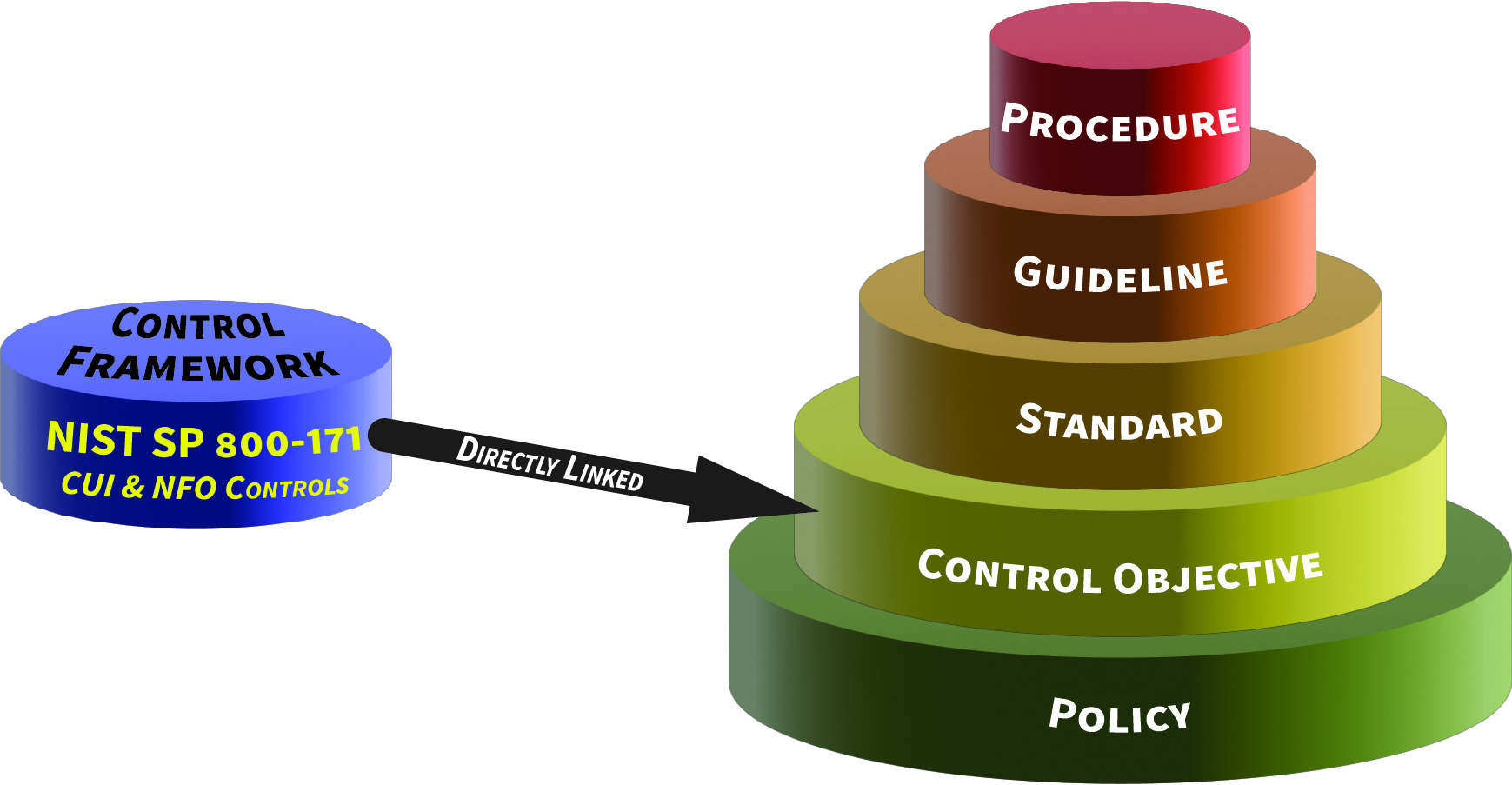What are DFARS and NIST SP800-171?

In recent years, there has been a significant rise in cyberattacks and cyber threats. As internet technology and I.T. evolve, hackers are innovating new ways to exploit vulnerable targets to steal sensitive information. In today’s day and age, no organization, however big, is safe from cyber threats. But amongst all, agencies that directly or indirectly work with the U.S. Department of Defense or any other government agencies are the prime target for cybercriminals. Since federal agencies hold a wealth of controlled unclassified information like security numbers, they are frequently attacked by state-sponsored hackers. Thus, there is a need for DFARS compliance and a DFARS consultant Virginia Beach.
In November 2020, the Federal Government mandated DFARS or Defense Acquisition Regulations Systems to standardize and regulate the handling and processing of controlled unclassified information. Although CUI is a step below top-secrete data, it is still sensitive data under cybercriminals’ radar.
To help civilian and federal agencies protect sensitive data in their systems, the DFARS has outlined specific rules and standards that they must comply with. The DFARS information security regulations are based on the NIST SP 800-171.
What is NIST SP800-171?
The National Institute of Standards and Technology is a part of the U.S. Department of Commerce. The organization was established in 1901 with a mission to advance science, technology, and standards and promote innovation. The NIST guidelines were drafted to safeguard federal data’s integrity, accessibility, and privacy outside its systems. This guideline aims to strengthen the information security measures of nonfederal agencies that store and process government data like CUI. NIST is enforced by the Department of Defense and mandatory by any entity that works directly or indirectly with the DoD.
NIST special publication 800-171 guides such organizations to achieve maximum DFARS cybersecurity and implement robust I.T. security measures.
Which Organizations Should be DFARS-compliant?
One of the most common questions organizations asks is whether they need to fulfill DFARS requirements or not.
If you are a DoD prime contractor or an entity working directly or indirectly for the DoD, you must be DFARS-compliant. Besides this, this regulation is also applicable to organizations that process and handle Controlled Unclassified Information.
Even if you are not a part of the DIB supply chain, you can still consider becoming DFARS-compliant. The DoD has repeatedly made it clear that it will not work with non-compliant agencies. Thus, you can open new doors of opportunities and gain a competitive edge by being DFARS compliant.
How can organizations become DFARS compliant?
The first step to achieving DFARS compliance is thoroughly assessing your internal I.T. infrastructure to determine where the CUI is stored in the system. Furthermore, you need to build a compliance team and involve every person in your organization who works with the CUI.
The DFARS compliance also calls for periodic assessment of the operational infrastructure to identify any security flaws and fix them as soon as possible.
The NIST regulation also outlines that organizations should limit access to sensitive data. In today’s digital world, where everything is stored in the cloud, incidents of data breaches have increased. To prevent this from happening, organizations should implement the least privilege protocol. Each employee will have access to only the data they need to do their job. Besides this, you can enhance the data security level by adding a multi-factor authentication procedure.




